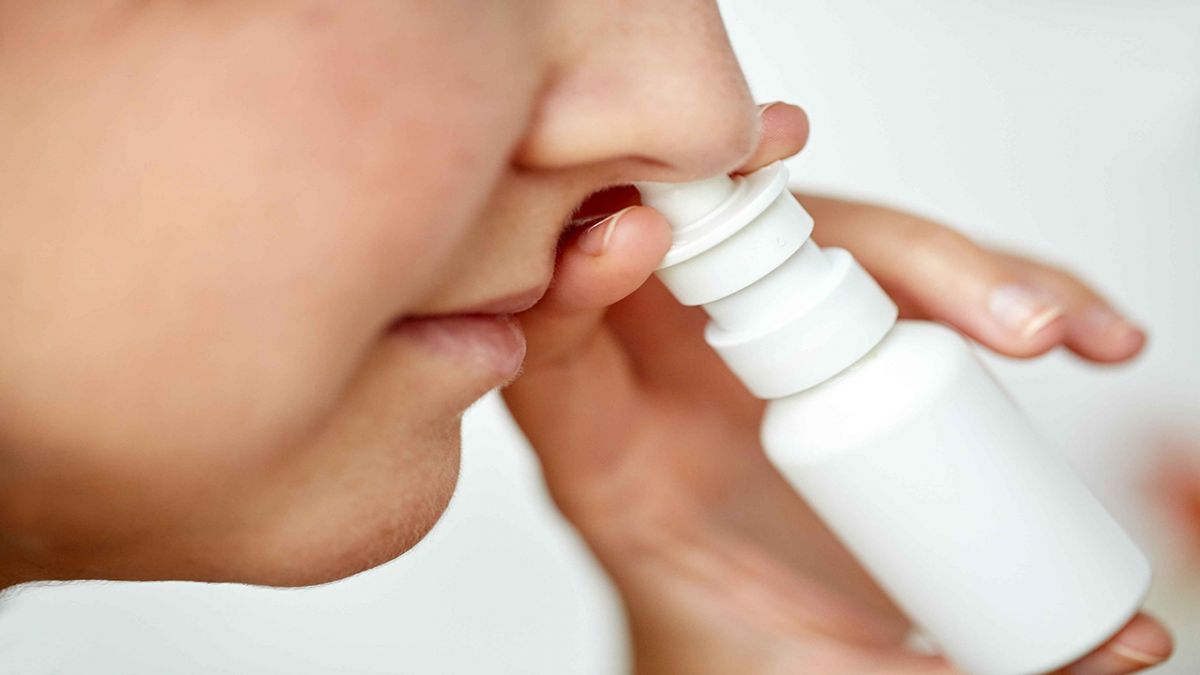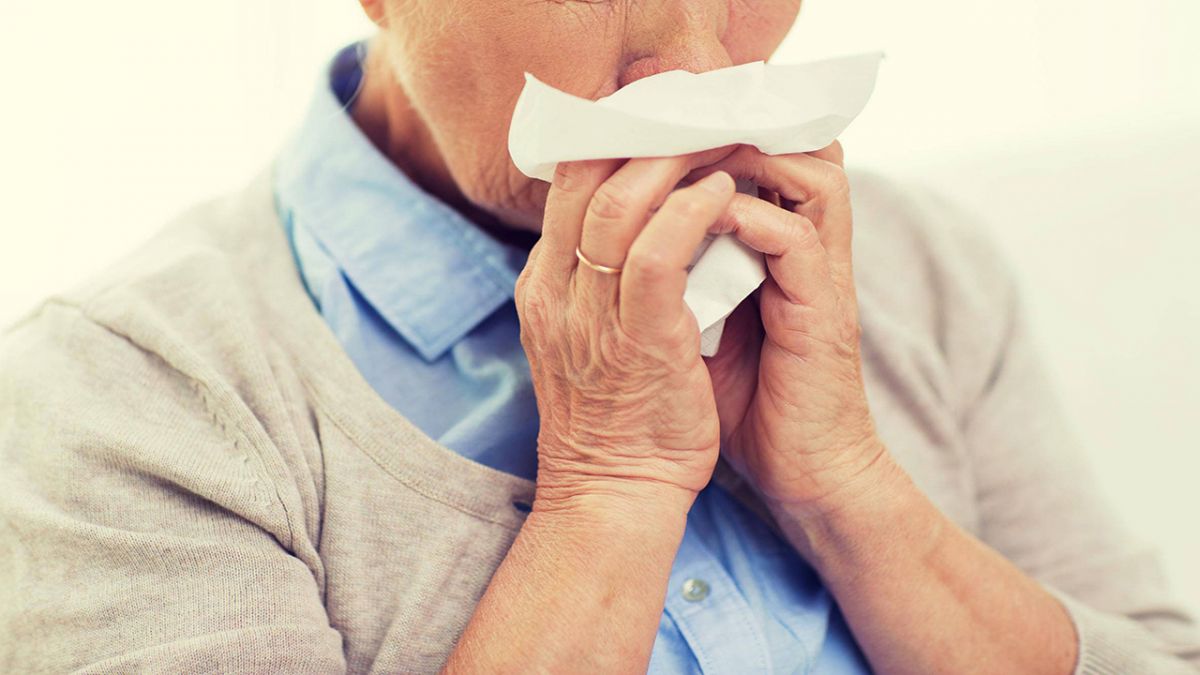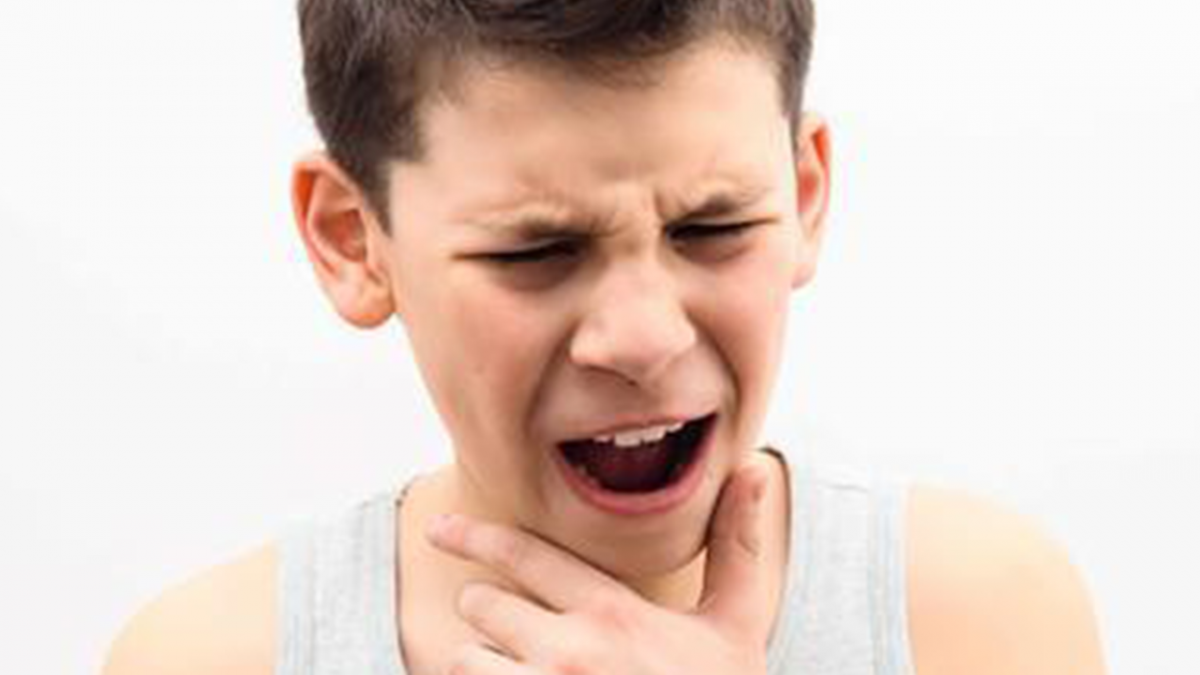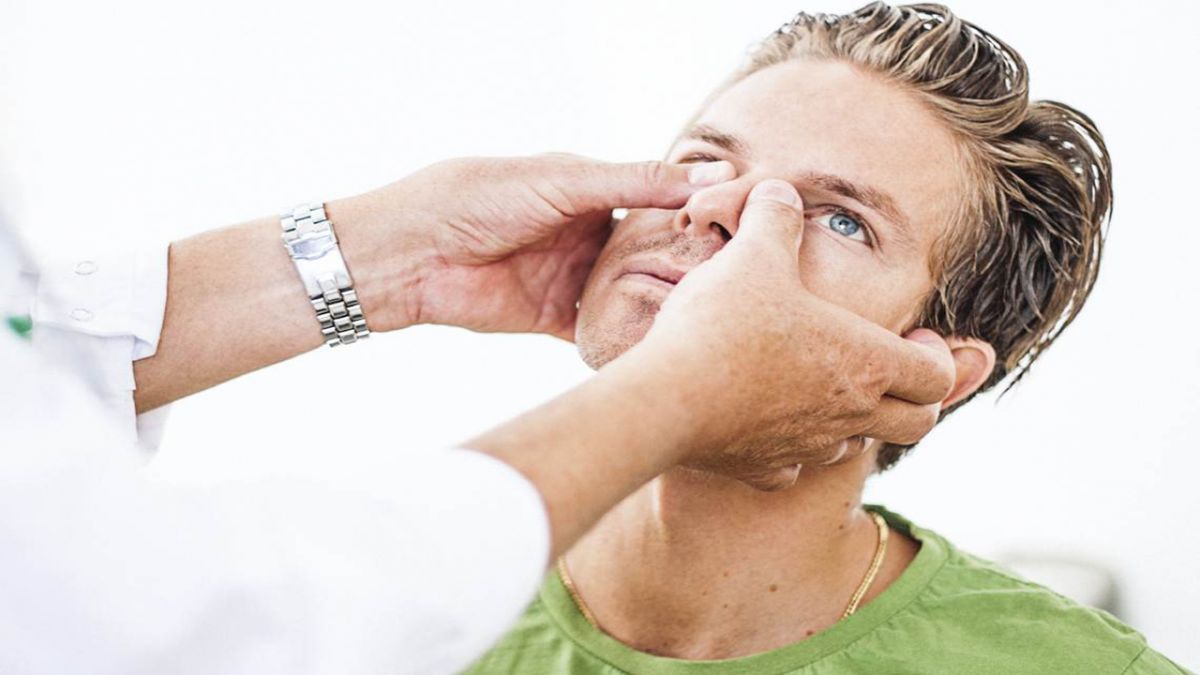Advertisement
There’s a specific triangular area on the face that extends from the sides of the nose down to the corners of the mouth, which is medically referred to as the "danger triangle." Although it might seem like just another part of the face, this area holds a unique and critical significance due to its anatomical and physiological characteristics.

What Is the Danger Triangle?
The danger triangle is a region of the face where the veins, unlike those in other parts of the body, lack valves. These valves usually regulate the direction of blood flow. However, in this region, blood can flow both ways—either towards the heart or, crucially, towards the brain through the ophthalmic veins and into the venous system inside the skull. This bidirectional flow creates a direct pathway for infections from the facial skin to potentially reach the brain, making this area particularly vulnerable to serious complications.
Why Is It Called the "Danger" Triangle?
The term "danger" is no exaggeration. If a boil, abscess, or any other form of infection develops within this triangle, it should be treated with extreme caution. Historically, there have been numerous cases where individuals, concerned about the appearance of a boil in this area, attempted to pop, squeeze, or otherwise remove it. Such actions can inadvertently introduce bacteria into the bloodstream, potentially leading to severe outcomes like cavernous sinus thrombosis, meningitis, or other life-threatening intracranial infections.

What Should You Do if You Have an Infection in the Danger Triangle?
If you notice any signs of infection in this area—such as a boil, pimple, or even a minor cut—it’s vital to avoid squeezing or picking at it. Doing so could increase the risk of spreading the infection. Instead, here’s what you should do:
1. Seek Medical Attention: Given the risks, it’s always a good idea to consult a healthcare professional. They can assess the severity of the infection and recommend the appropriate treatment.
2. Use Antibiotics: In many cases, your doctor may prescribe oral or topical antibiotics to prevent the infection from spreading into the bloodstream and potentially reaching the brain. Antibiotics help reduce the risk of systemic infections, especially in such a sensitive area.
3. Apply Topical Antibacterial Treatments: To manage the infection locally, topical antibacterial ointments can be used. However, it’s crucial to apply them correctly and avoid excessive pressure on the affected area.
4. Practice Good Hygiene: Maintaining good facial hygiene is essential, especially in the danger triangle. Regularly cleanse the skin, avoid touching your face unnecessarily, and never attempt to self-treat infections in this area by squeezing or picking at them.

Preventing Infections in the Danger Triangle
Prevention is always better than cure. To reduce the risk of developing infections in the danger triangle:
Avoid Touching Your Face: Our hands come into contact with countless bacteria throughout the day. By touching your face, you could transfer these bacteria to the skin, increasing the risk of infections.
Keep Skin Clean: Regular cleansing helps remove dirt, oil, and bacteria that could contribute to skin infections.
Manage Acne Properly: If you suffer from acne, especially in the danger triangle, seek advice from a dermatologist for safe and effective treatments. Avoid the temptation to pop pimples or squeeze blackheads.
The danger triangle of the face is more than just a term; it represents a critical area where infections can have serious, even life-threatening, consequences. Understanding the risks and knowing how to handle infections in this region is vital for your health. Always seek professional advice for any issues in this area, and avoid self-treatment methods that could potentially lead to severe complications. By taking these precautions, you can help protect yourself from the dangers associated with infections in the danger triangle.
Advertisement




